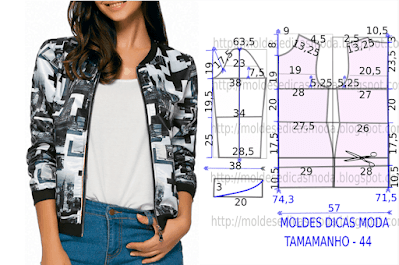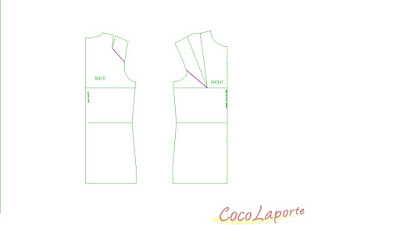Pattern Making : where to start?
Pattern Making : where to start?
- I start with a block
- That is the way I have been introduced to PatternMaking from the design school. It is the way we are taught and we don't question it. We even assume that it is the only way to design clothes.
- Every countries has their own method, own blocks, some call themBlock, some call them slopers.... There are so many methods around are they have their good and bad aspects. Some were very successfull at a time and became out of flavour. I will make diferent post on them as it goes. I have tried many methods and some are better than others.
- After spending a lot of time on youtube and facebook, I realised that a lot of people make clothes without a block and it seems to be the majority on this planet. They draw garment directly on paper, tracing the lines and curves according to personal measurements. The output is a close fitted dress which fits.
- I don't know which method is the best: with or without a block. I guess that everybody does as they want and according to what they have learnt , what they want to do
- Both methods have their pro and cons . Here are my thoughts.
with block
- save time. By outlining a block, half of the pattern is done already. no need to retrace the lines and measure, all that has been done when drafting the block.
- can make different kind of garment from the same block. A strapless or a wide coat starts from the same block
- Knowledge on pattern making technique is necessary like mastering spead and cut techniques.
- Work with layers on the same drawing is easier.
without a block
- pattern development is harder (cut and spread, pivotting...)
- good for pattern in one piece.
- Can be done without technical knowledge in pattern making.
- more limited: peeple using that technique tend to do the same kind of garment all the time.
This are only thoughts.
Feel free to tell me what you think and share your experience on which method you use.
In future post, I will be commenting different pattern making methods and their different blocks.
That can help people who browse the internet and only find DIY construction of blocks which don't work.
Stay tuned.















































